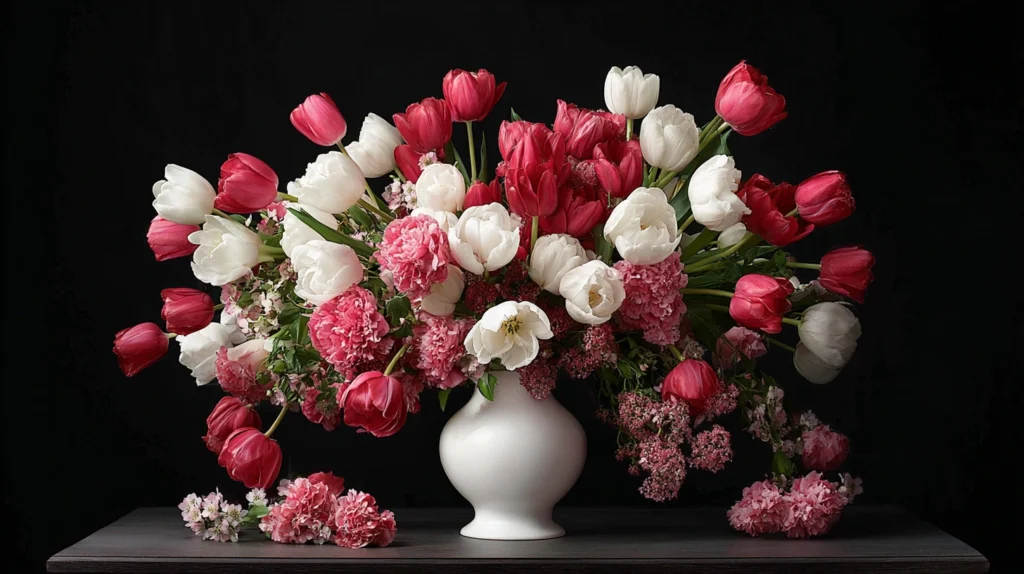The Language of Flowers: A Romantic History
Throughout history, flowers have served as more than mere decorations; they have been powerful symbols laden with emotion and meaning. This intricate system of floral symbolism is often referred to as the language of flowers, or “floriography.” Cultures around the world have ascribed specific meanings to different blooms, allowing individuals to convey emotions and messages that might otherwise remain unexpressed. This practice reached its zenith during the Victorian era, a time characterized by strict social codes and an emphasis on subtle communication.
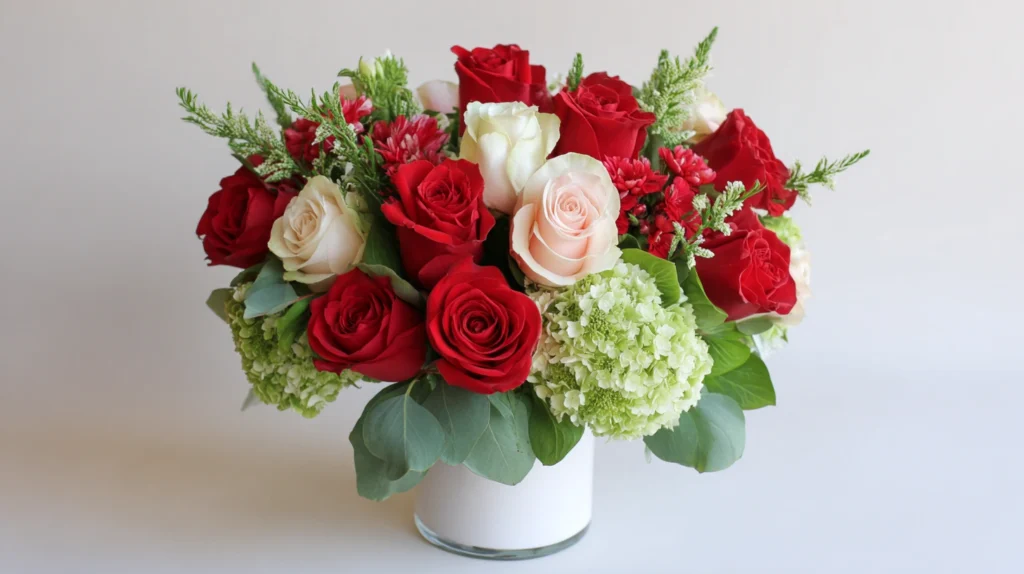
For example, the rose is universally recognized as a symbol of love and passion. The color of the rose further refines this message—red signifies deep romantic love, while white represents purity and innocence. Such distinctions allowed individuals to express their feelings in a nuanced manner. Similarly, the lily conveys a spectrum of meanings, depending on its variety. The stargazer lily, for instance, symbolizes aspiration and ambition, making it a fitting gift for someone embarking on a new journey.
In Eastern cultures, flowers also play a significant role in communication. In Japan, the cherry blossom, or sakura, represents the fleeting nature of life, often reminding individuals of the beauty of impermanence. This delicate bloom evokes emotions tied to both love and loss. The lotus, prevalent in many Asian cultures, signifies purity and spiritual enlightenment. Its ability to rise from murky waters symbolizes resilience and hope, making it a cherished emblem in personal and romantic contexts.
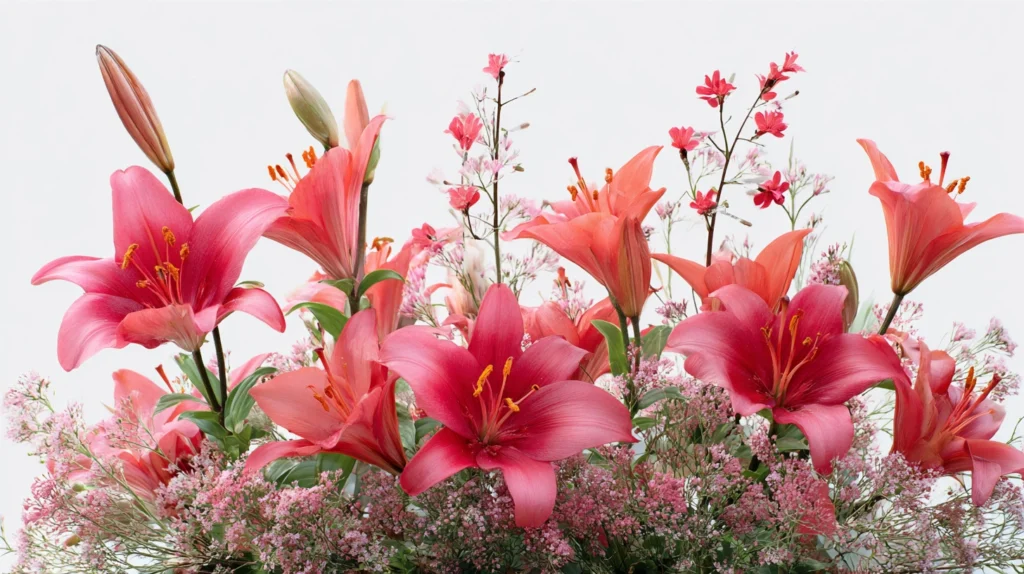
Through the ages, flowers have consistently maintained their romantic association, bridging the emotional gaps between individuals. The careful selection of flora allows for the expression of sentiments—whether it be love, friendship, or nostalgia—making flowers enduringly significant in human relationships. Their beauty and symbolism ensure that they hold a special place in the hearts of women, transcending time and cultural differences.
The Top 5 Flowers That Captivate Women’s Hearts
Flowers have always held a special place in the hearts of individuals, particularly women, who often appreciate their beauty and emotional significance. Among the myriad of blossoms available, certain flowers consistently rise to the top, captivating women with their unique charm. Here are five of the most adored flowers that consistently evoke strong emotions and are favored for gifting.
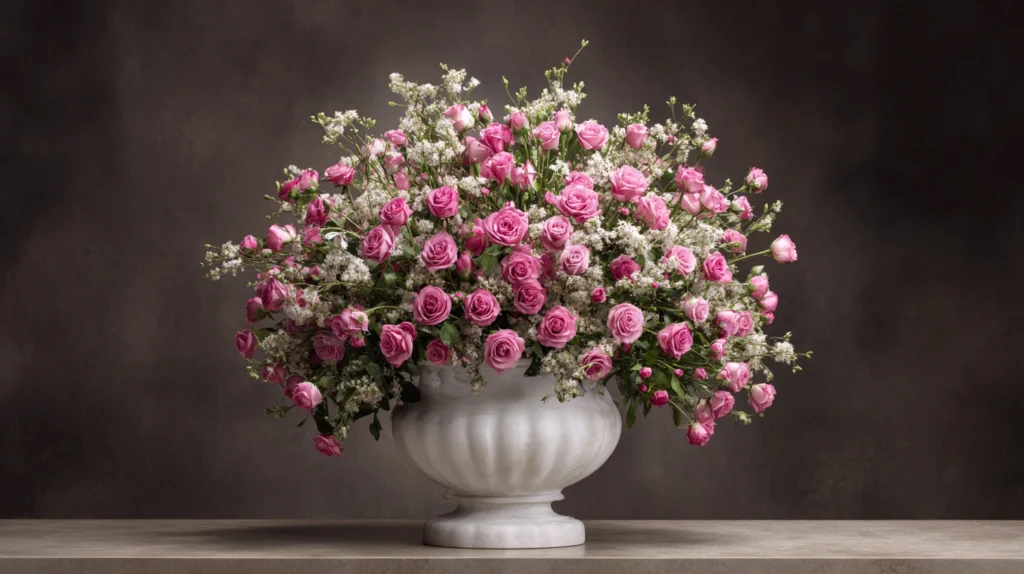
First on the list is the classic rose, synonymous with love and romance. Roses come in a spectrum of colors, each conveying a different emotion. Red roses symbolize passionate love, while pink roses signify admiration and gratitude. Their captivating fragrance and elegant petals make roses a timeless gift for occasions ranging from anniversaries to Valentine’s Day.
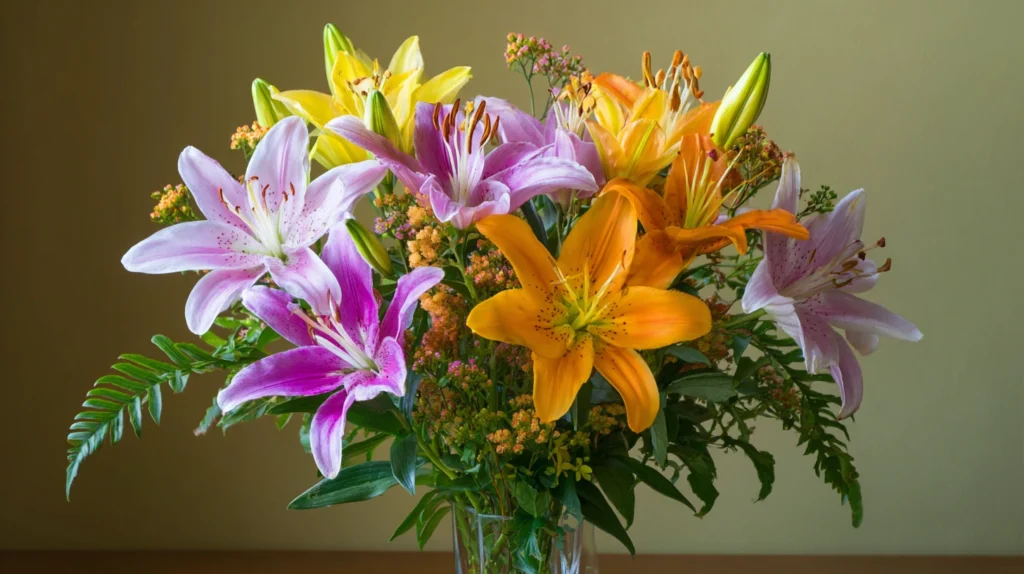
Next, we turn to the lily, which stands out for its striking appearance and enchanting scent. Lilies symbolize purity and refined beauty, making them a popular choice for weddings and celebrations. The delicate elegance of these flowers, especially the white lily, resonates deeply, embodying a sense of fresh beginnings and hope.
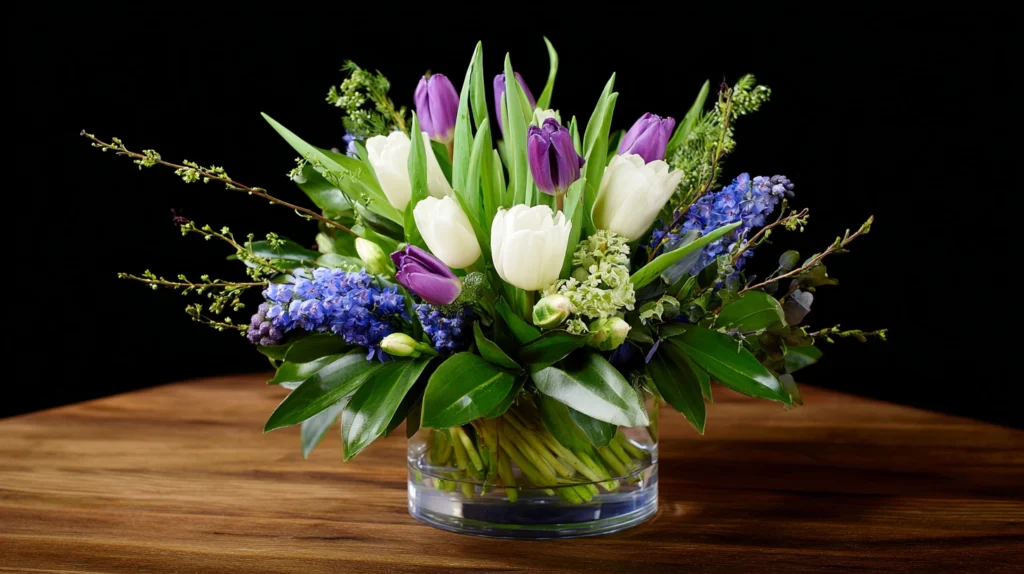
Tulips are another beloved choice, admired for their simplicity and grace. Available in a kaleidoscope of colors, tulips convey feelings of warmth and affection, making them ideal for springtime gifting. Their straightforward beauty captures the essence of new love, often associated with friendship and caring.
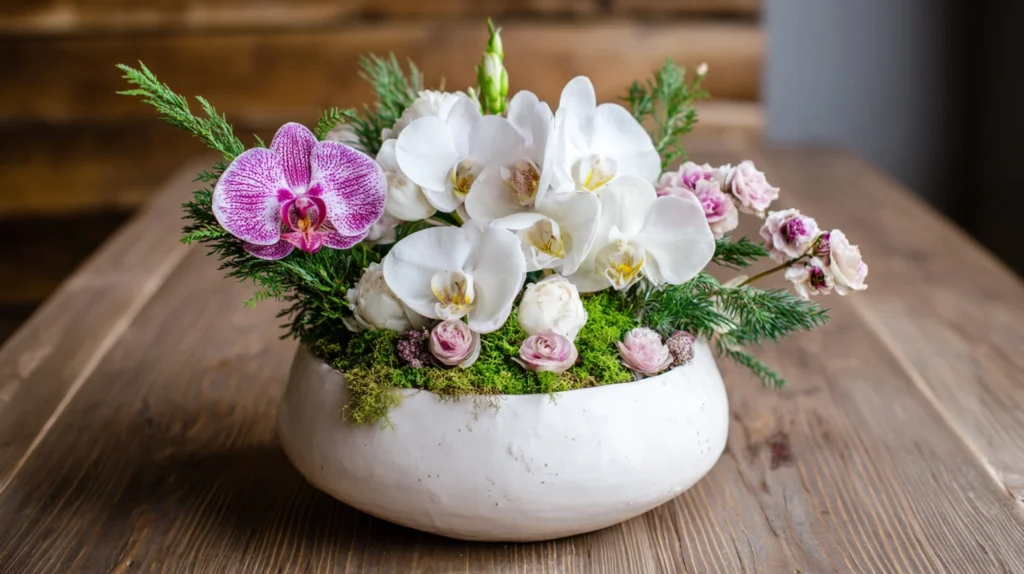
Orchids, with their exotic charm, have become a symbol of luxury and sophistication. Known for their intricate designs and vivid colors, orchids evoke fascination and are often given on special occasions, symbolizing strength and beauty in relationships.
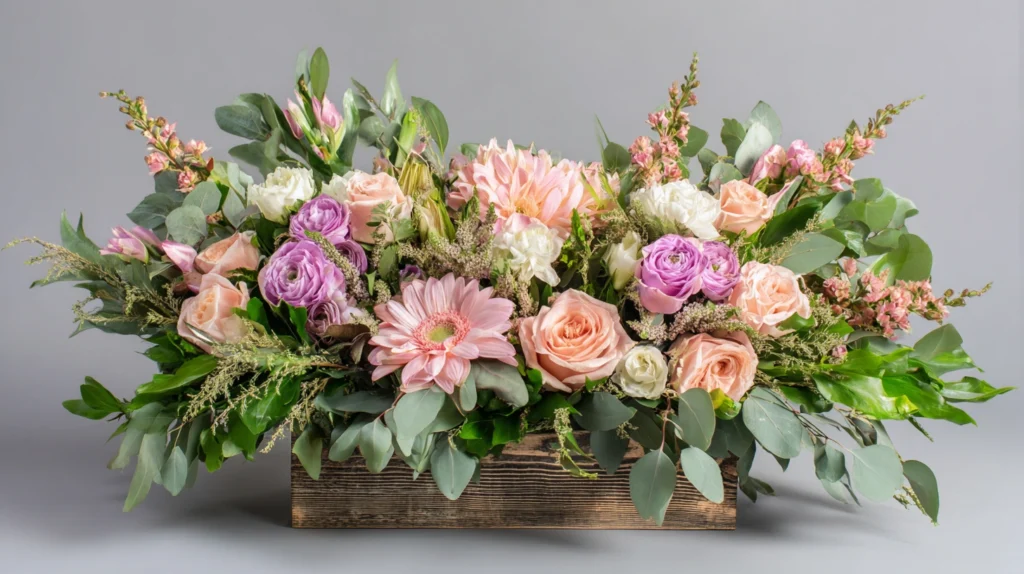
Last but not least, the cheerful daisy represents innocence and purity. Their bright, simple appearance brings joy and warmth, making them a favorite for informal occasions. Daisies are often associated with childhood memories and friendship, embodying a sense of joy that resonates deeply with many women.
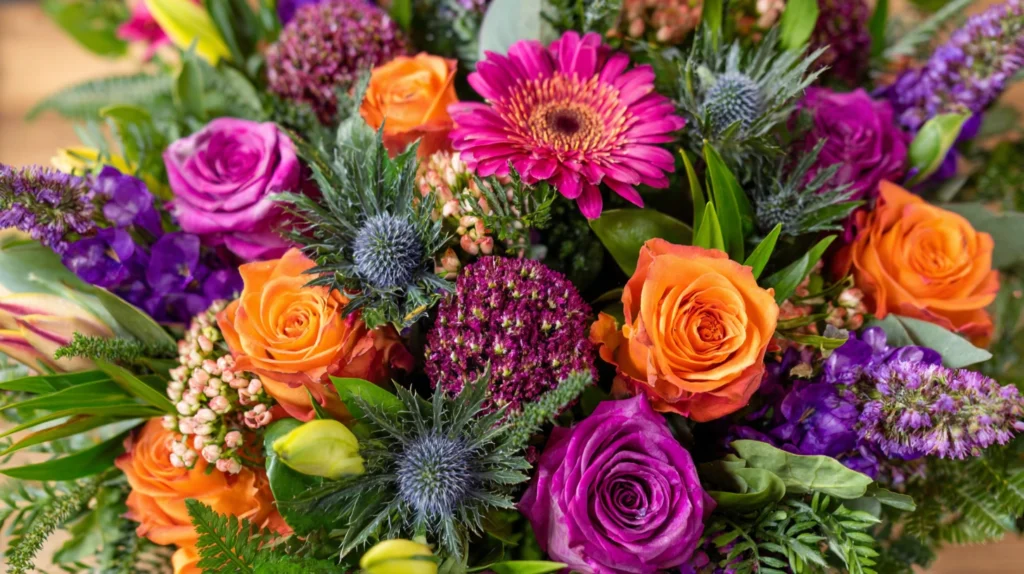
In conclusion, these five flowers—roses, lilies, tulips, orchids, and daisies—each possess their own unique beauty and emotional significance. Their enduring appeal ensures that they remain popular choices for expressions of affection, embodying the timeless allure of blooms that captivate women’s hearts.
The Art of Gifting Flowers: Tips for Making the Perfect Choice
Choosing the right flowers for an occasion involves a blend of personal sentiment, knowledge of seasonal availability, and an understanding of the meanings associated with different blooms. When considering which flowers to gift, it is essential to bear in mind the recipient’s personal preferences. Some individuals may have a favorite flower, while others may prefer specific colors or styles. Understanding these nuances can greatly enhance the impact of the gift.
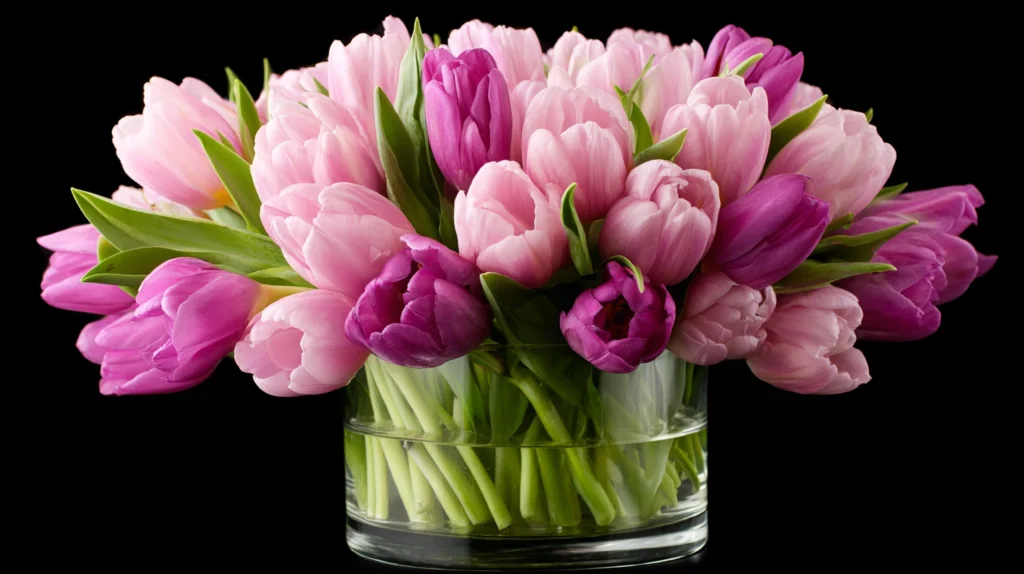
Seasonality is another important factor to consider when selecting flowers. Different types of flowers bloom in varying seasons, and choosing seasonal varieties can not only ensure their freshness but also affordability. For instance, peonies are typically available in late spring and early summer, whereas chrysanthemums are popular in the fall. Local flower shops or farmer’s markets may offer insights into what flowers are currently in season, allowing for a more sustainable choice.
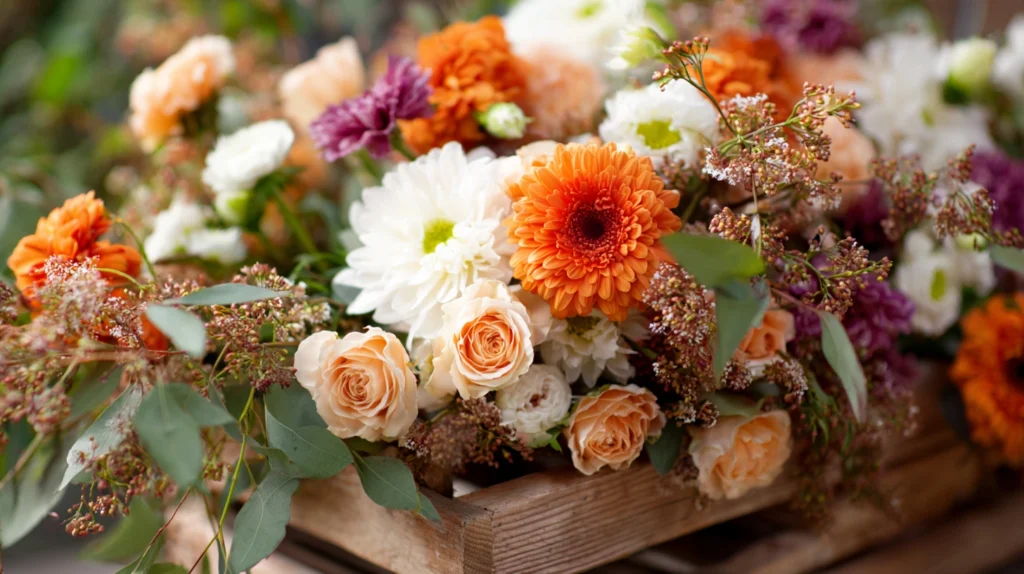
Moreover, many flowers carry specific meanings or symbolism that can add significance to your gift. For example, red roses are often associated with love and romance, while yellow tulips convey cheerfulness and friendship. Understanding these meanings can help convey a message that resonates with the recipient. If your gift is for a somber occasion, consider flowers like lilies or white roses, which signify peace and reverence.
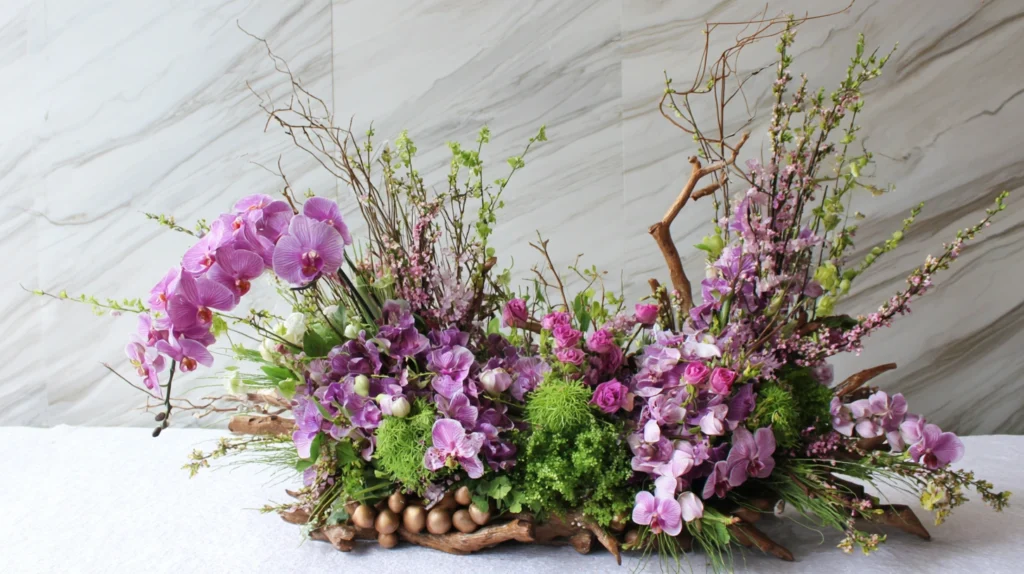
Presentation also plays a crucial role in the art of gifting flowers. Consider the arrangement and packaging; using eco-friendly materials can showcase thoughtfulness towards the environment. Simple vases, recycled paper, or reclaimed wood can elevate the presentation while promoting sustainability. Taking the time to create a beautiful arrangement can show the recipient that you care, making the gifting experience even more memorable.
Floral Arrangements: From Bouquets to Home Decor
Flowers serve not only as remarkable gifts but also as exquisite decorative elements that can significantly enhance any space. Their vibrant colors and delicate fragrances can uplift moods and create a warm ambiance. Understanding the various ways to incorporate floral arrangements into our everyday lives can bring both beauty and joy. Whether it’s through unique bouquets, striking centerpieces, or subtle decorative accents, the possibilities are endless.
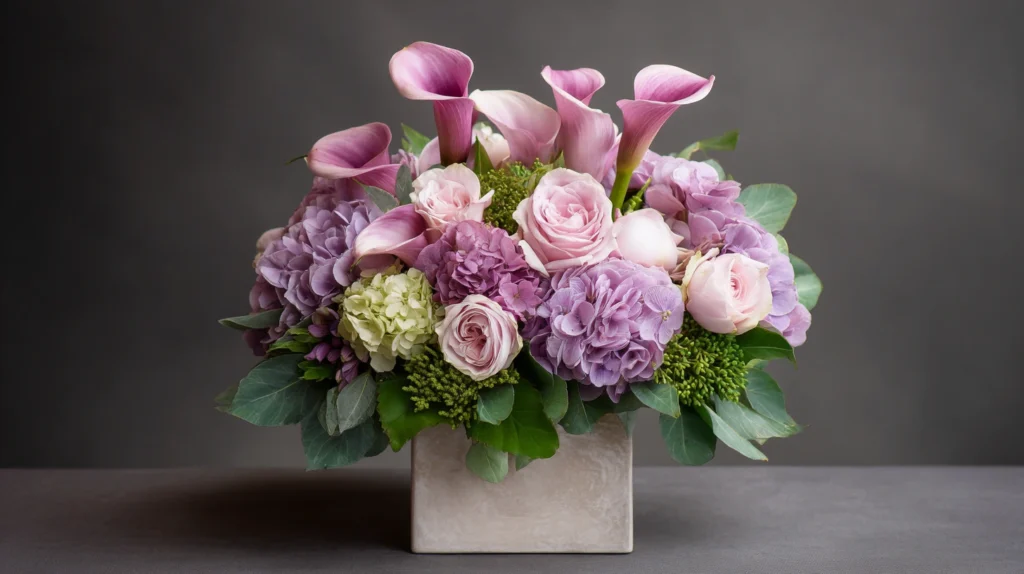
Creating stunning floral displays begins with the selection of flowers. It is essential to consider not just the individual colors and varieties, but also how these flowers will complement one another within the arrangement. Combining complementary blooms, such as roses with peonies or lilies with hydrangeas, can result in a visually striking bouquet that draws attention. Consider varying the heights and textures of the flowers to create depth; use taller flowers at the back and shorter ones in the forefront. Additionally, incorporating greenery can add volume and contrast, making the floral arrangement more dynamic.
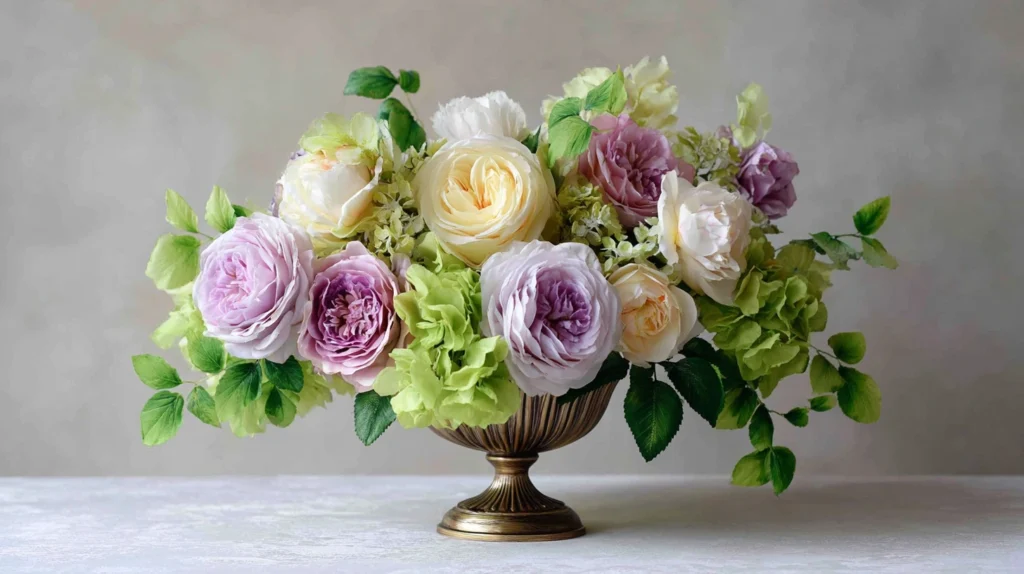
To maximize the lifespan of your arrangements, proper care is crucial. Make sure to trim the stems at an angle before placing them in water; this allows for better water absorption. Regularly changing the water and removing any wilted leaves will help maintain the arrangement’s freshness. Consider utilizing floral preservatives, which can prolong the life of your flowers and keep them vibrant for longer periods.
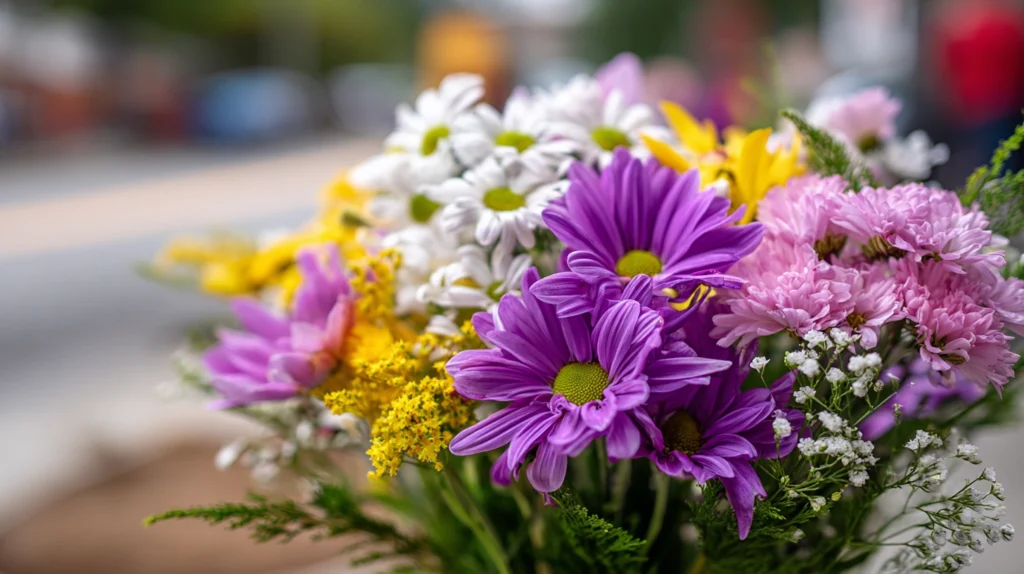
Flowers can also transcend typical arrangements by becoming integral parts of home décor. Strategically placed flower vases on tables, countertops, or windowsills can elevate the aesthetic of a room. By adopting a seasonal approach and changing floral arrangements according to the time of year, you can bring a refreshing feel to your space. In conclusion, incorporating flowers into daily life, whether through thoughtful arrangements or decorative accents, can enhance both the environment and the mood within one’s home.

